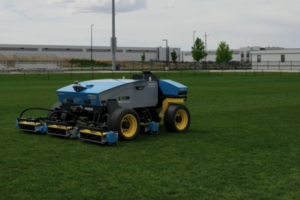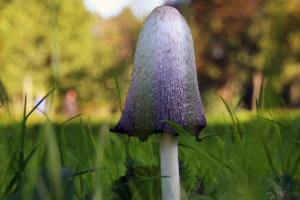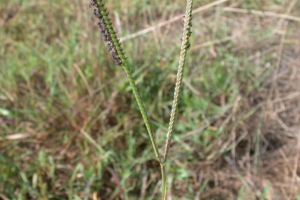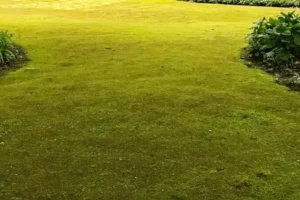
In a recent study published in Ecology and Evolution, researchers from the University of the Witwatersrand, the South African Environmental Observation Network, and the University of Liverpool have shed new light on the impact of frequent grazing on grass communities. The study, “Grazing lawns and overgrazing in frequently grazed grass communities,” explores the delicate balance between grazing lawns and overgrazing and the environmental factors influencing each outcome.
Grazing lawns are short-grass communities that provide high-quality forage for grazers. They require regular grazing to prevent taller grass species from outcompeting short-statured lawn species for light. However, frequent grazing can also lead to overgrazing, resulting in a loss of grass cover, increased abundance of annual species with sparse architectures, and reduced forage value. This can lead to increased bare ground, soil erosion, and runoff, which can be irreversible on human management timescales.
The researchers collected grass species and trait data from 33 frequently grazed grass communities across eastern South Africa and the Serengeti National Park, Tanzania. They identified four grass growth forms and assessed trait-environment and growth form-environment relationships.
The study found that two palatable grass growth forms, “lateral attractors” and “tufted attractors,” attract yet resist grazers and comprise grazing lawns. By contrast, “resisters” and “avoiders” are of little forage value and are avoided by grazers. Grazing lawns occurred across various conditions, typically comprising lateral attractor grasses in drier, sandy environments and tufted attractor grasses in wetter, low-sand environments.
The study also highlighted the risks associated with overgrazing. While grazing lawns can be established under most conditions, monitoring their composition and cover is essential, as the potential for overgrazing is widely relevant. Tufted attractor-dominated lawns appear more vulnerable to degradation than lateral attractor-dominated lawns.
The researchers concluded that while frequent grazing is required to create and maintain grazing lawns, some environmental contexts will be more conducive to supporting grazing lawns than others. They also emphasized the importance of understanding the potential for an area to support grazing lawns before attempting to establish them through locally concentrated increases in grazing pressure.
This study provides valuable insights for conservation and rangeland practitioners seeking to increase grazer numbers by creating grazing lawns. It underscores the need for a clear understanding of the environmental conditions that influence the likelihood of creating grazing lawns or leading to overgrazing.
Source: https://onlinelibrary.wiley.com

Bob Green, a passionate lawn care enthusiast with over two decades of landscaping experience, is this website’s proud owner. His vast knowledge of horticulture and dedication to helping homeowners maintain beautiful lawns are reflected in the valuable content he shares on his platform. John has always been interested in Agrostology.













